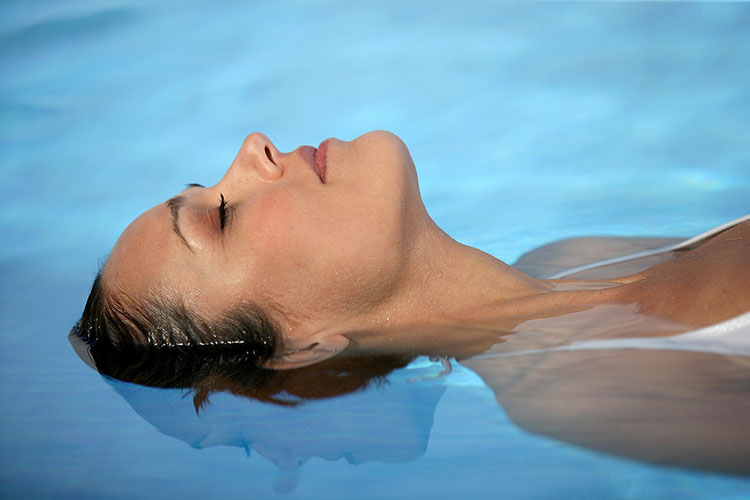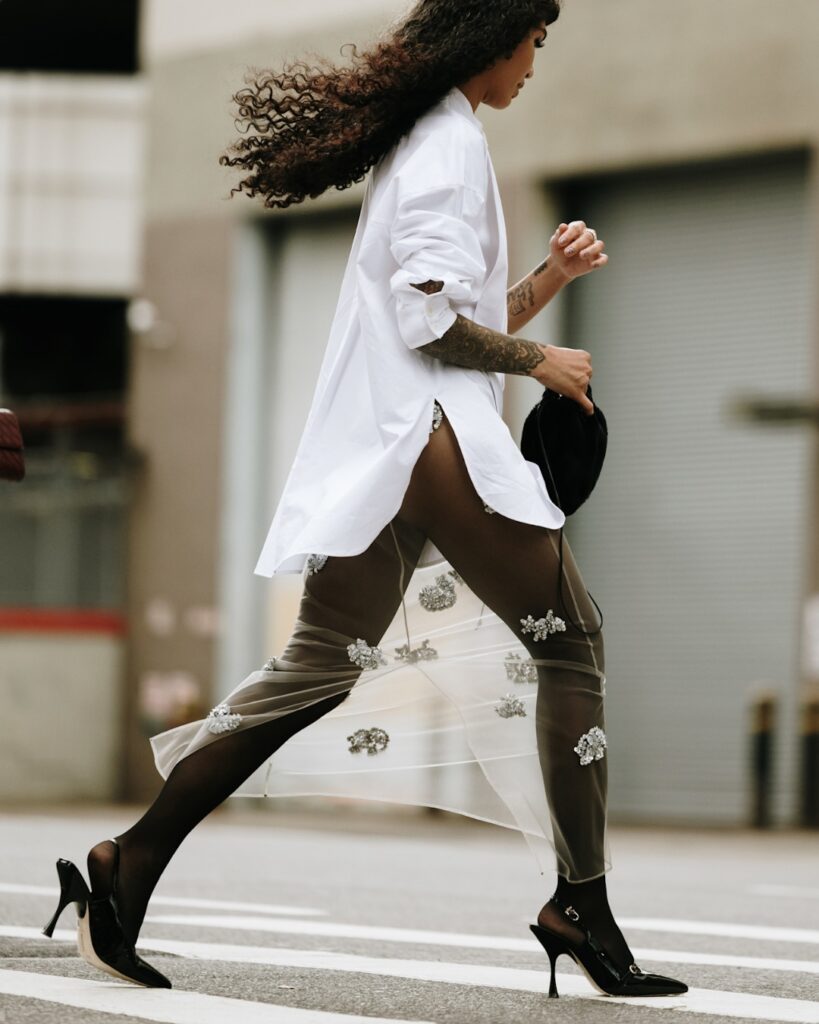
On a quest to discover the best ways to bliss out this winter, Phoebe Watt trials floatation therapy.
White Spa and Float Lounge, Herne Bay, Auckland
whitespa.co.nz
2 x 1 hour sessions: $149
My knowledge of floatation therapy is based on an episode of Absolutely Fabulous in which Edina purchases a float tank for her home and, in what is later revealed to have been just a 30 second stint inside the tank, hallucinates that she has adopted a Romanian baby. This episode teaches us two things: that an hour of floating can feel like up to eight hours sleep, and that the therapy itself – evidently in vogue in 1992 – is no new invention.
The very first float tank was actually built in 1954. Today they look a whole lot less scary, but the basic principle is the same – a chamber is filled with a solution of water that is 40% magnesium sulphate (or Epsom salts), and this increases the water’s density so that a human can float on top unaided and without risk of rolling over. The water and the air inside the chamber are maintained at skin temperature, which means the body boundary fades and the user experiences such a feeling of weightlessness and sensory deprivation that they enter the supremely restorative ‘theta’ state – the state between sleep and awake.
Before my 60 minute float session at White Spa in Auckland’s Herne Bay, I had reservations. I’m an over-thinker, which made me the ideal candidate for floating but also someone who would probably struggle to switch off on the first go. I was told that first-timers don’t always enjoy the experience, but most are converted after round three – a disclaimer that was comforting in that it took the pressure off, but discomforting inasmuch as you kind of want a bit of reassurance when you’re about to spend an hour in a pitch-black chamber full of water. Not that this aspect of it was a huge worry to me. I’m not especially claustrophobic, and you can turn the lights on inside the tank or open the lid any time. My biggest fear was that I would get cold or bored.
My first fear was unfounded. The water was tepid, sure, but because the tank is sealed, it got pretty toasty in there. The sheer strangeness of the environment also kept the boredom at bay – but unfortunately, this also made it impossible for me to tune out to my surroundings and fall asleep as I was supposed to. I also found it difficult to relax because it was hard to know how long I’d been in there – the associated uneasiness akin to waiting for an alarm to go off between snoozes.
On the advice of White Spa owner, Emma Robins, I had another go a few days later. There’s no limit as to how close together you can schedule your float sessions – I was told that you could float three times in one day if you so desired (although if you have 3-6 hours a day to spend in a float tank I question how busy you are, and how much you really need it). Still, there are recognised health benefits – if you are low in magnesium (which, if you suffer from insomnia or depression, you might be) a few floats in quick succession could theoretically give you a life-changing magnesium boost, and who am I to argue with that?
As promised, my second session was better. It was no longer uncharted territory, so that eliminated one set of thoughts that were previously racing through my mind. The third time? I fell asleep, and it was Ab Fab.










